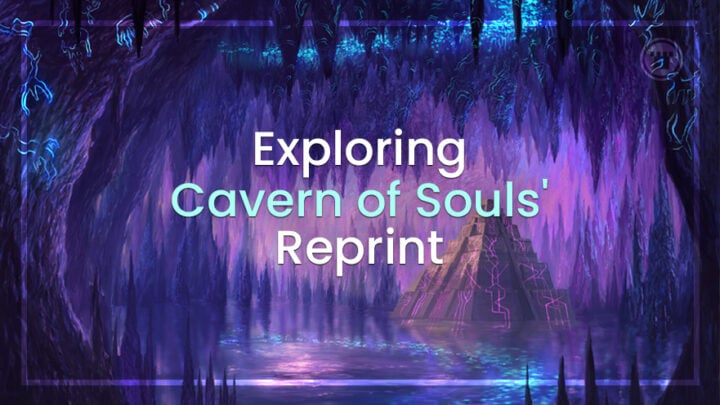To enfranchised Magic players, rare lands are always headline cards for any new set. The availability of color-fixing lands is a huge factor in deciding the metagame of a format, especially the presence of multicolor aggro decks. But despite this vital role, there’s usually not a lot interesting to say about the cards themselves. But that’s different for Cavern of Souls, which is getting a reprint in The Lost Caverns of Ixalan.


This powerful land can uniquely change the way creature decks approach matchups in addition to their deck building. After all, Cavern is a proven commodity, with winning records across every tournament format where it’s legal.
Its value in Commander is even higher, and were it not among the most expensive cards of the last 10 years, it would be in almost as many decks as Sol Ring.
With this marquee land about to be more accessible than ever, let’s revisit all it can do for our decks.
THE KIND OF FIXING THAT MAKES THINGS MORE BROKEN
Looking at the card in a vacuum, we can already tell the first great thing about it: the high power floor.
Even in the worst-case scenario, it’s a land that comes into play untapped and can always produce colorless mana to keep you on curve, regardless of what spells you’re playing. In the best-case scenario, it’s a five-color wonder-land with upside.
It’s not even legendary, so you can jam four in your Constructed deck and fix multiple creature types at once! The theoretical drawback is you only get that rainbow mana to pay for creature spells of a particular type, but in practice that’s much more a deck building cost than anything you actually feel in game.
Meanwhile, people barely need encouragement to play decks themed around a single creature type, and this is definitely the most prominent role Cavern of Souls has occupied through the years. The power of an untapped WUBRG land cannot be overstated for aggro decks desperate to play their best creatures on curve with consistency.


It’s not just that this card can always cast whatever one-drop you have turn one. It’s the flexibility to provide whatever color you’re missing from your one-and-two-color lands all the way up the curve.
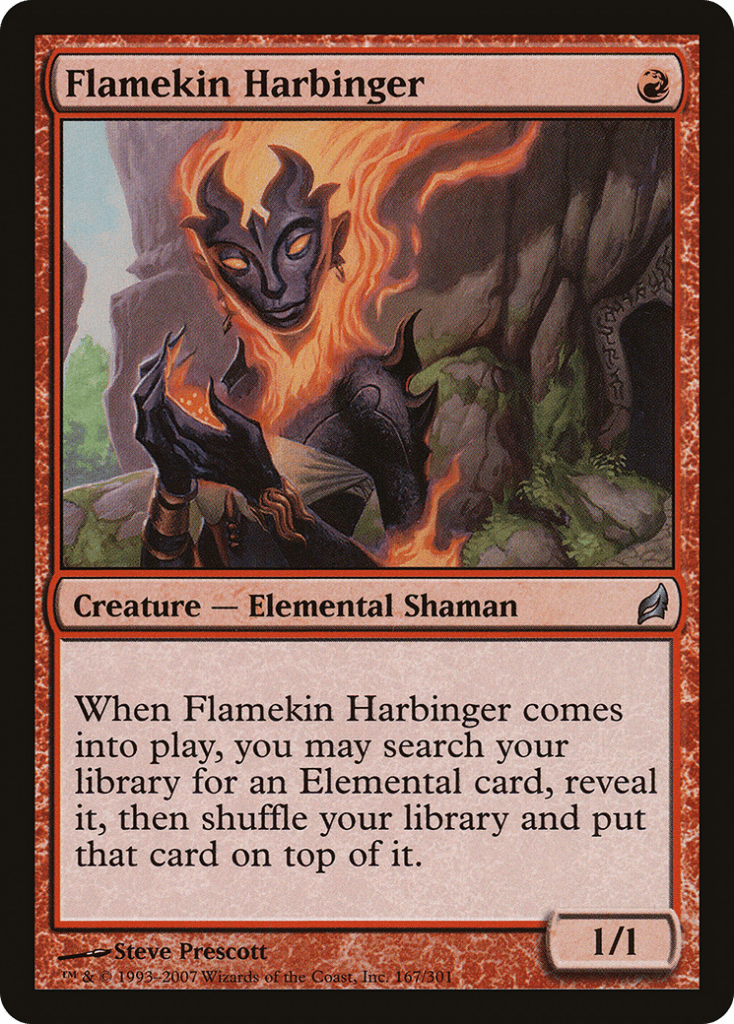
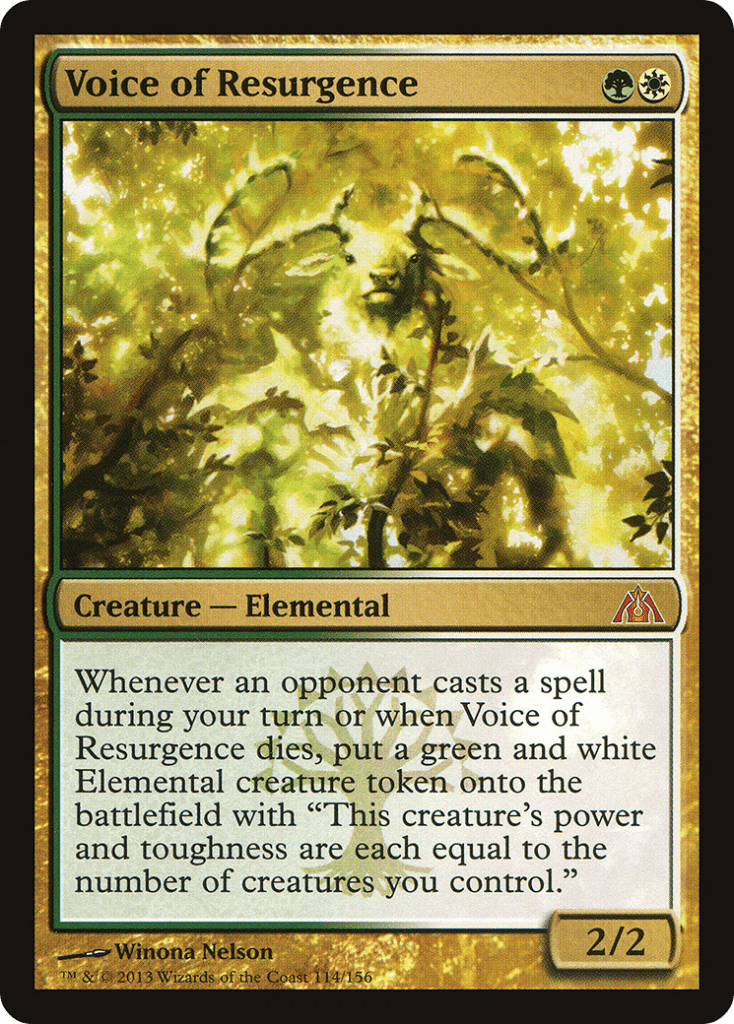
There was a time when a Modern Humans deck would casually sequence Champion of the Parish into Mayor of Avabruck, into Mantis Rider. Some Elementals decks want Flamekin Harbinger into Voice of Resurgence into Risen Reef into Omnath, Locus of Creation!
Are there combinations of two-color lands that will let you cast those same curves? Yes, of course it’s possible. But if your first play is Cavern, the number of viable combinations for your other lands is vastly higher — and it’s this statistical confidence that lets such typal decks really optimize their creature choices across the 75.
WHAT IF EVERYONE IS “MY TYPE”?
These ambitious, five-color typal decks have also become common in Commander, in part due to the influence of Morophon, which really pressures deck builders to focus on cards with extremely specific colored mana costs. Cavern is vital for bridging the gap between different costs until you can actually bring the seven-mana commander online.
The obvious ability of Cavern to supercharge typal creature decks is already enough to justify the hype level and price tag attached to it. But we probably wouldn’t be getting a whole blog post about it if it was just extremely good for one niche kind of deck.
The real truth visible across thousands of deck lists is you don’t need a typal theme for Cavern to overperform. It’s also a huge part of many midrange and creature combo decks; pretty much anything that relies on creatures with color-intensive mana costs.
Even if there’s zero overlap between the creature types in your deck, Cavern is often worth it as a one-shot fixing tool to unlock whichever creature card needs it most this game — on top of rendering it uncounterable.
NO COUNTERPLAY
Yes, I have been burying the lede on the other half of what Cavern does: plunge all permission players into a pit of helpless despair. No more will Make Disappear on your two-drop immediately write off the games where you go second against blue! No more will a control player be able to identify your intended win-con and spend the whole game nursing a counterspell with Atraxa’s name on it.
Cavern of Souls flips the inevitability of such matchups to heavily favor the creature deck, especially when you can afford to hold onto it in hand until the turn you need to play something into open blue mana. In other situations, it will be more vulnerable to cards like Field of Ruin — but this is still a major wrinkle in the game plan of many control decks, especially against creature combo.
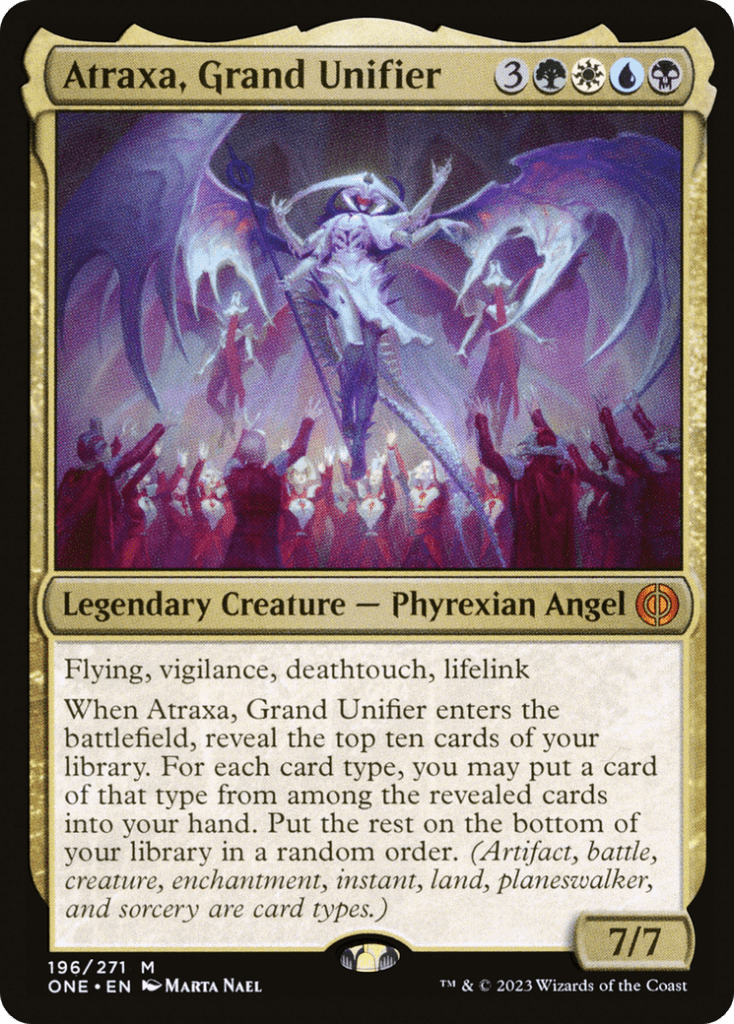
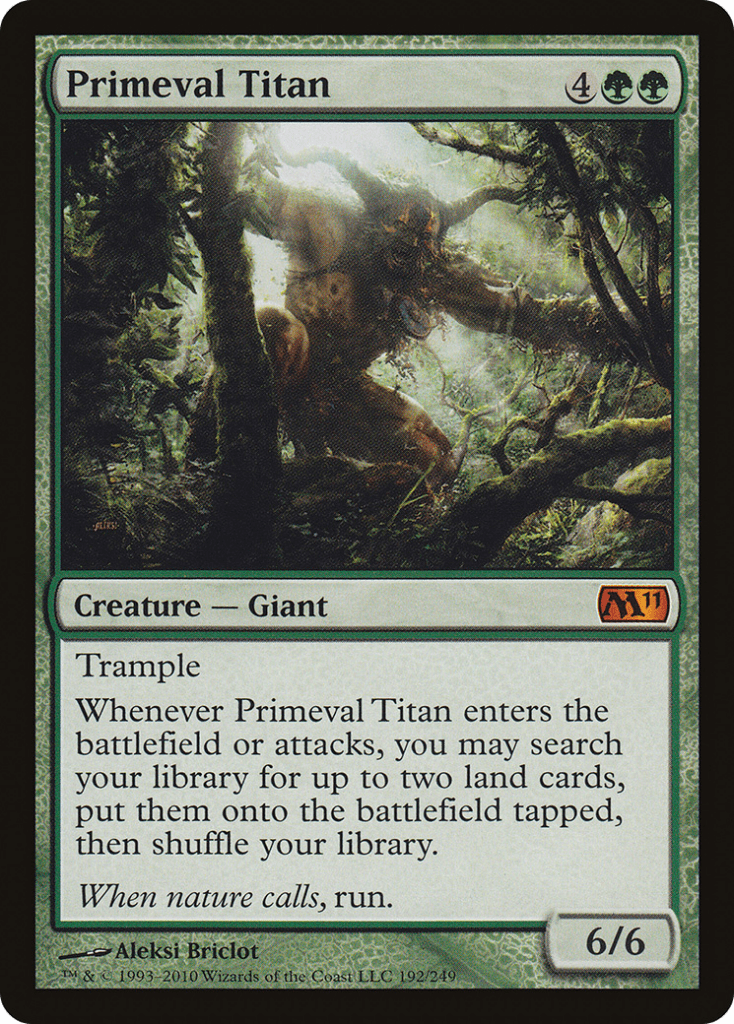
Amulet Titan in Modern is the most prominent and long-standing example of running Cavern to cast a single creature, but this is also the facet of the card that makes it truly invaluable in Commander. The nature of the format means your opponents effectively know one of the best cards in your starting hand (often the keystone of your entire deck) from turn zero.
If you immediately ramp on turn two and your commander costs four, it would take a diplomatic miracle to convince most blue players not to hold up UU for your next turn and ask if you’re feeling lucky. But Cavern gives you the freedom to not worry about what is usually a critical bottleneck where your game might stall out — and that’s why people have always been willing to pay top dollar to get one.
LAND OF CONFUSION
So, Cavern has a high power floor and a flexible set of core functions it can serve in a deck simultaneously. No wonder it’s an evergreen multi-format staple! But what if there were even more hidden upsides, in the form of some spicy and powerful interactions with certain cards?



There’s a subclass of prison/sideboard tech cards that work by automatically countering spells on the stack. Cavern is able to easily punch through these effects when deployed by an opponent, or break their parity should you choose to play them alongside each other!
In the case of a card like Tibalt’s Trickery, which is intended to provide some compensation for an opponent whose spell has been countered, you can get that compensatory benefit all for yourself AND still resolve the original creature you cast off Cavern.
These are some gnarly tricks to have in your back pocket, and because Cavern is so widely used for its “fair” benefits, just seeing the land early isn’t going to tip off anyone that something funny is coming next. That ubiquitous respect is also what makes Cavern one of the best tools ever for bluffing and misleading opponents, along with Aether Vial.
When you lay Cavern down at the start of a match, your opponent has no idea what you’re potentially trying to cast off it. If you have some familiarity with the most popular Cavern decks in your format (or just the creatures people build typal decks around) you can deliberately name the “wrong” creature type to juke them out of their sleeves.
Naming “Giant” in Modern or Legacy will immediately have a lot of players scrambling to protect themselves from an early Primeval Titan. If you’ve seen they don’t have counter magic and you already have access to the right colored mana, this play costs you virtually nothing and can lead to a lot of second-guessing or misused resources on your opponent’s side.
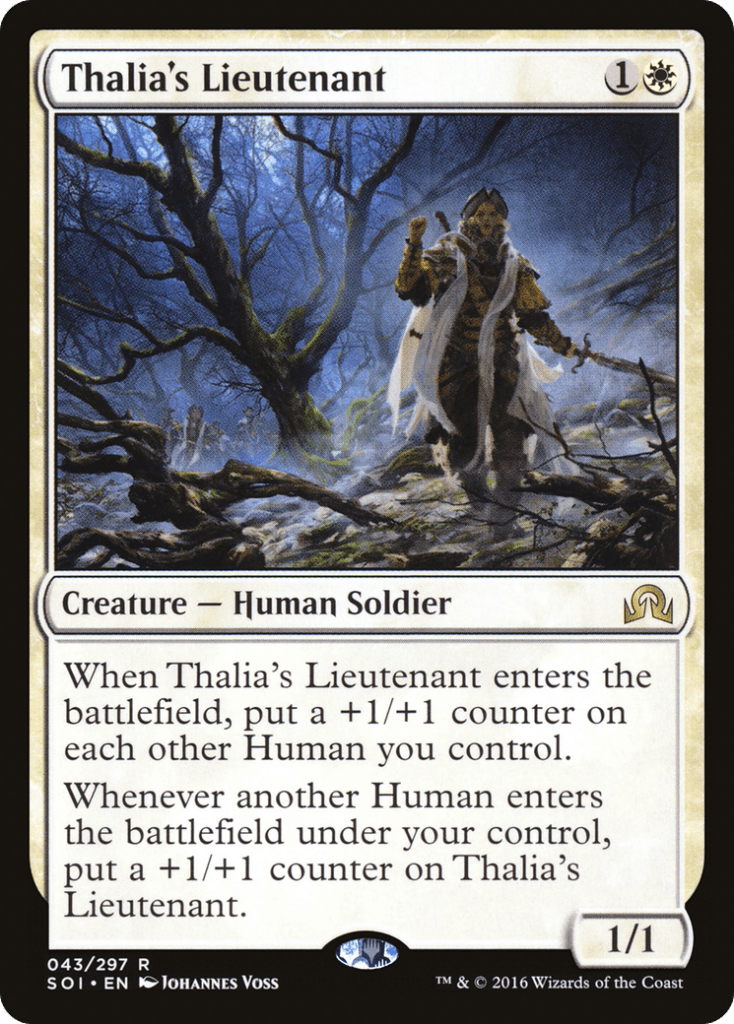
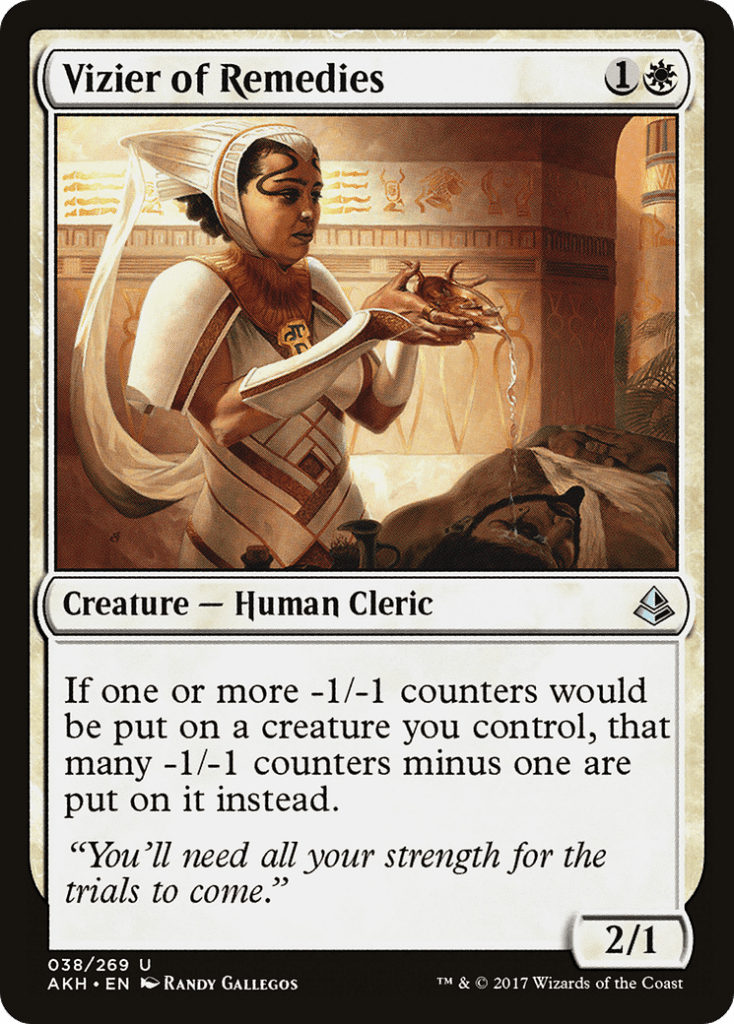
Even if you’d rather not go all-in with these mind games, you can still capitalize on this asymmetry of knowledge. Most creatures in Magic have at least two subtypes, so if you only really need Cavern to cast a certain important card, then you have a little freedom about which of its types you actually name.
I’ve often loudly announced a turn one “Cavern on Human” to get my opponent scared of typal aggro when I’m actually a much slower Serra Ascendant or Vizier of Remedies deck.
In Commander, this works best if your commander is from a type and color combination that might be read as a full typal deck — or if your commander isn’t cast as a creature in the first place. Naming Elf with Ezuri, Claw of Progress, Goblin with Vial Smasher the Fierce or Pirate with Malcolm, Keen-Eyed Navigator. If your commander happens to have Changeling, then you can cut loose and name whatever you think will psych them out the most!
IXALAN’S BURIED TREASURE
Cavern of Souls is the absolute model of a “pushed” card design. It takes an effect that would already be a sidegrade or better for many decks and then keeps adding to it until you have to start asking why any deck wouldn’t want to play it. The fixing, the inability to counter cards cast with it, the nasty Chalice combos, the opportunity for misdirection — it’s almost all upside.
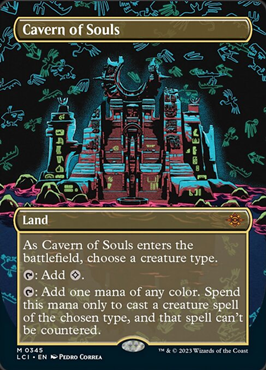
But that’s not to say this card is overpowered. It’s never really been responsible for breaking a format, and even against counterspell decks it has tended to balance the matchups rather than swinging them drastically against the control player.
At worst, it puts pressure on other deck builders to play more cards like Field of Ruin — which strikes me as a good thing when even Standard is awash in rainbow mana bases. Hopefully the upcoming reprint gives many more players the chance to run their own experiments with this iconic and flexible land.

Tom’s fate was sealed in 7th grade when his friend lent him a pile of commons to play Magic. He quickly picked up Boros and Orzhov decks in Ravnica block and has remained a staunch white magician ever since. A fan of all Constructed formats, he enjoys studying the history of the tournament meta. He specializes in midrange decks, especially Death & Taxes and Martyr Proc. One day, he swears he will win an MCQ with Evershrike. Ask him how at @AWanderingBard, or watch him stream Magic at twitch.tv/TheWanderingBard.

